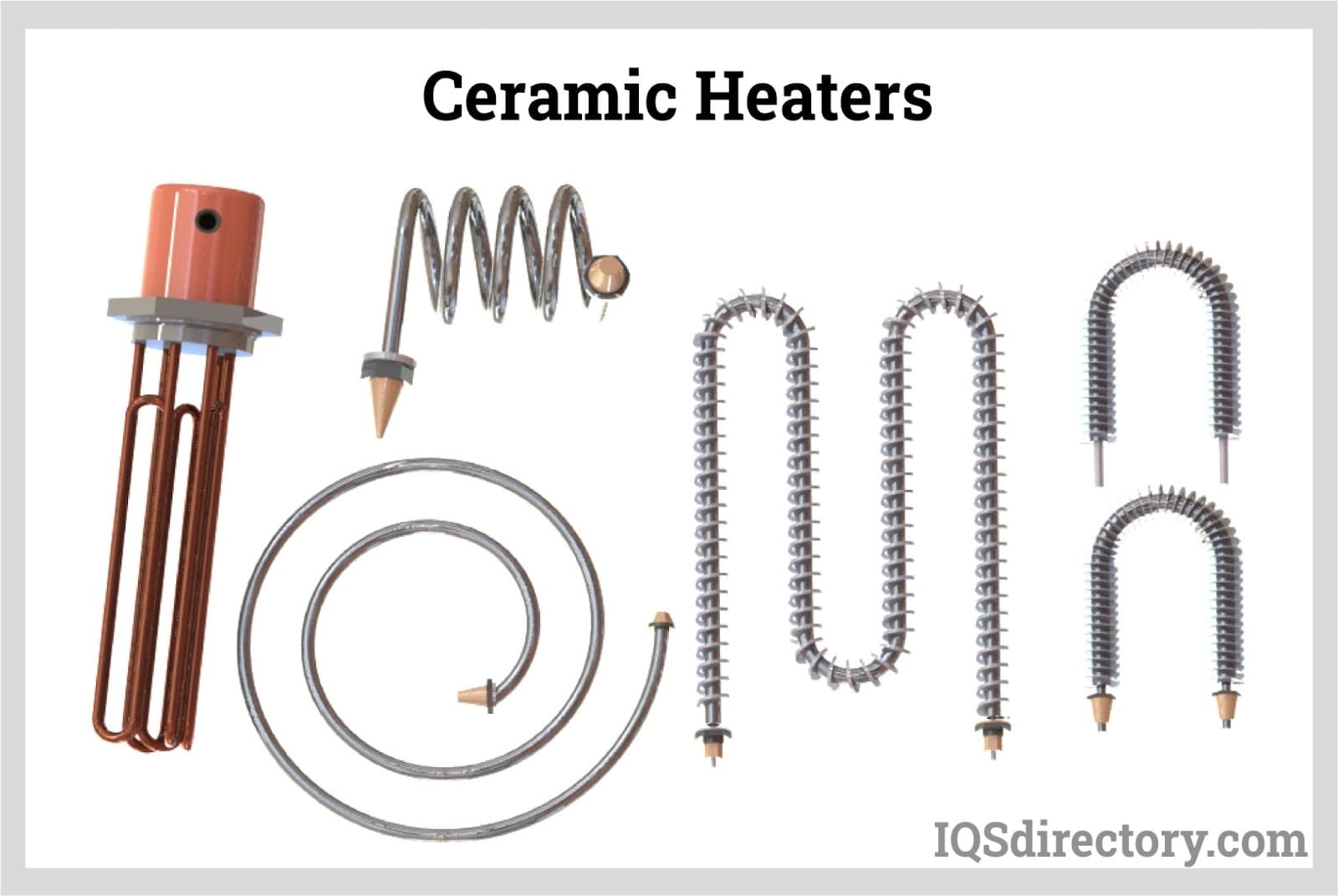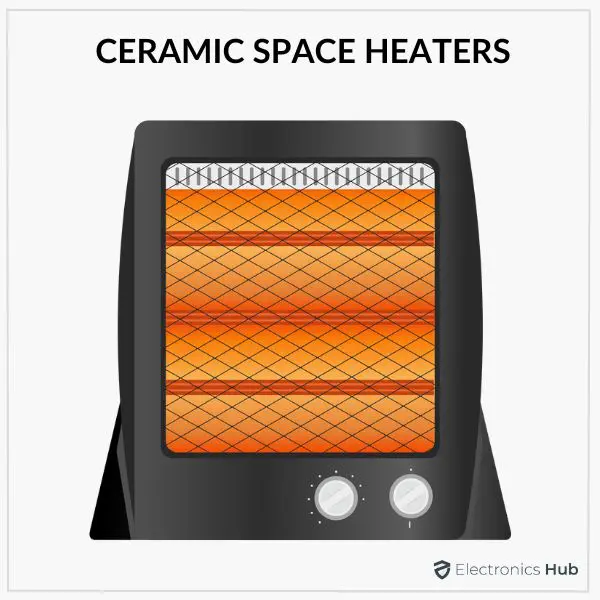Getting My 1 Source Portable Air To Work
Unknown Facts About 1 Source Portable Air
Table of ContentsThe Ultimate Guide To 1 Source Portable AirSome Ideas on 1 Source Portable Air You Need To Know1 Source Portable Air Fundamentals ExplainedGet This Report on 1 Source Portable Air1 Source Portable Air Fundamentals Explained
Running expenses are based on an electrical power price of 40c/kWh. The expenses for 3 months' usage in wintertime are based on 500 hours use, or approximately 6 hours daily for three months. Maximum heat output is based on the optimum power level of the versions we have actually examined (we concentrate on higher wattage heaters).
On average, little fan heating units are less costly to acquire, yet can have greater running prices. Oil column heating systems will certainly be the least expensive on the market to run (on standard) yet just by a narrow margin ahead of convection heating units (like panel and micathermic panels).
Not known Incorrect Statements About 1 Source Portable Air
If you have a relatively easy to fix ceiling follower, it'll assist distribute the warm around the area a lot more equally. A number of costly heating systems have fallen short to thrill our testers, while some less expensive models make for surprisingly good buys.
As the name recommends, they emit heat from a heated burner (so the household will have to take turns being in front of it). There are floor and wall-mounted models available. Glowing heaters are reasonably inexpensive. They have a cosy glow and individual warming impact, like sitting in front of a fire.
Glowing heaters usually set you back in between $20 and $200. Oil-filled column heating units don't really shed oil they use electricity to heat the oil that's secured inside their columns or 'fins'.
What Does 1 Source Portable Air Do?
Some column heating systems aren't also oil-filled yet instead make use of other product or heating innovation to function the exact same way - 1 Source Portable Air. The risk of fire with an oil column heating system is reduced compared to various other heating system types, but never no. Oil heaters do not have subjected aspects like radiant heating units do, and their surface temperature is lower than numerous various other heating unit types (their large surface makes up for it)
Oil column heating systems will not take off, and while they do not shed their oil to Check This Out create heat, it's still combustible, so there is a fire danger if the oil leakages, if the heater pointers over and leakages, or if flammable items or textile enter into contact or drop on the heating unit. You ought to exercise the very same level of caution with oil heaters when it comes to other heating unit kinds, and never ever hang towels or clothing over one to dry them make use of a drying out rack instead, a minimum of one metre away.
Column heating units are specifically valuable in rooms where they'll be activated for lengthy durations of time or where they'll run neglected, such as over night in a bedroom. The surfaces you're likely to discuss a column heating unit don't obtain as warm as other types of electrical heating systems. You can make use of a ceiling fan on very low rate to aid the column heating system to disperse the warmth quicker and much more equally.
Oil-filled column heating units normally set you back in between $50 and $450. Convection and panel heaters attract cold air over an electrical home heating component.
1 Source Portable Air Fundamentals Explained

Convection and panel heating systems are a lot more company website mobile than their oil-filled column heating unit counterparts due to the fact that they're significantly lighter. They'll heat the air in a room equally and quickly. Like a column heater, you can use a ceiling fan on extremely low speed to distribute the warm much faster and more uniformly. Some designs, specifically panel heating units, are relatively costly to acquire.

Unknown Facts About 1 Source Portable Air
Fan heating units are frequently smaller and a lot more mobile than other electrical heating systems. They also can be found in the form of tower follower heating systems, which can be much better for distributing warmth around bigger areas because of their taller account. They can heat up the air in a space more rapidly, equally and swiftly than a few other heating system types.
Fan heating units (ceramic or otherwise) typically expense between $60 important link and $900. Ceramic fan heaters aren't necessarily any kind of various in cost to non-ceramic versions.